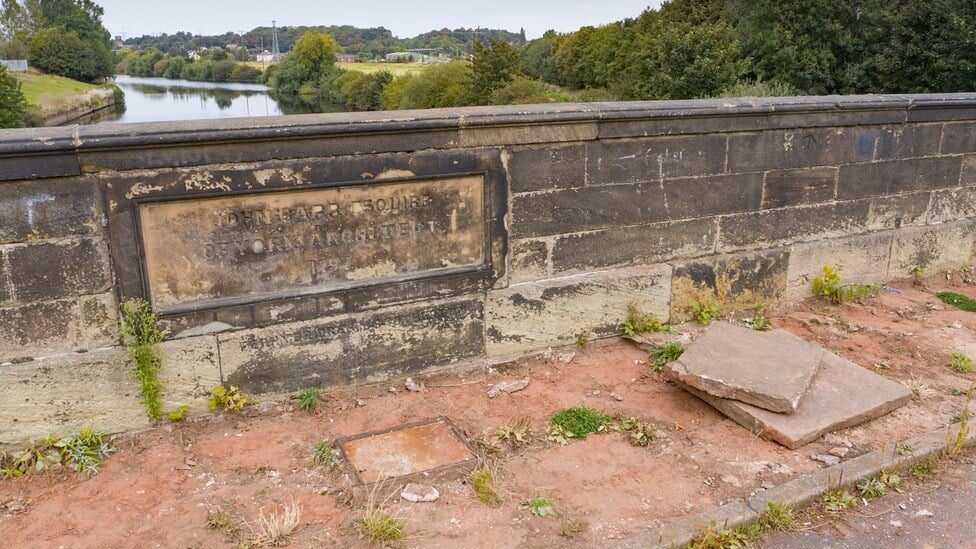English Heritage trials body-worn cameras amid rising heritage crime

Body-worn cameras are being trialled at several English Heritage sites to deter anti-social behaviour, as a new report finds that heritage crime is on the rise.
The cameras, which are visible to visitors, are being worn by staff at four locations: Wrest Park in Bedfordshire, Tilbury Fort in Essex, Kenwood House in north London and Marble Hill in south London.
The cameras are intended to support de-escalation of conflict or confrontation, the prevention or detection of crime and disorder, and resolution of disputes such as complaints against staff.
The heritage body said on its website that footage was being recorded "on the basis of our legitimate interest in deterring and detecting crime".
"Experience of these cameras has shown that they are useful at helping defuse confrontational situations and provide a reliable version of events, which can help us to clarify any dispute or serve as evidence in the event it is believed a crime has been committed," the organisation added.
It comes as new research reveals the scale and extent of heritage and cultural property crime in England.
The research was commissioned by Historic England and National Police Chiefs' Council, both members of the Alliance to Reduce Crime Against Heritage (Arch).
Funded by Historic England, the Heritage and Cultural Property Crime research was carried out by crime analysts at Opal (the National Crime Intelligence Unit for Serious Organised Acquisitive Crime) between February 2020 and February 2023.
The report outlines a range of active and emerging threats to the historic environment, including the theft of historic lead and stone, high value burglaries targeting cultural objects, unlawful metal detecting (also known as nighthawking) and the removal of artefacts from protected wreck sites.
It highlights the problem of antisocial behaviour, particularly arson, vandalism and graffiti, which has led to recommendations for "more effective prevention and active enforcement of heritage crime".
The research found that, spurred on by the cost of living crisis, the theft of historic stone is on the rise, as is the theft of high-value cultural objects from museums, art galleries and stately homes.
"The theft of valuable heritage materials and cultural objects by opportunist offenders and organised crime groups is likely to increase as inflation continues to impact the price of commodities," said the report.
However, following successful preventative measures, there has been a decrease in metal thefts and unlawful metal detecting.
The research found that arson, vandalism and graffiti "continue to pose a significant threat" to England’s nationally important historic buildings and archaeological sites. However, initiatives such as the Heritage Watch programme and the work of the National Fire Chiefs’ Council and the National Rural Crime Network are having an impact, the report said.
Cyber-enabled crime was identified as another growing threat. "It is likely that stolen items will continue to be sold online where offenders can (often anonymously) make a profit. It is also likely that a higher number of fakes will enter the market as scams and fraudulent activity online rises," said the report.
"We are committed to tackling this issue and our heritage crime officers across the country will continue to work with Historic England and other partners, to reduce offending and educate the wider public about the long-lasting damage heritage crime can have," said Duncan Wilson, chief executive of Historic England.
"This assessment reminds us that cultural heritage transcends time and generations," said Vernon Rapley, head of security at the V&A.
"In the face of the many risks highlighted in this report, we must act quickly and decisively to safeguard our museums, galleries, and heritage sites for the enjoyment and education of future generations."
The Arch partnership is calling for enhanced crime recording standards and the development of a heritage crime ‘marker’ on police call handling and crime management systems.
"Currently, no standardised methodology exists across all police forces, and heritage crime is not considered a priority. This limits our understanding of the true scale and extent of heritage crime in the historic environment and how to deal with it," said the report.
